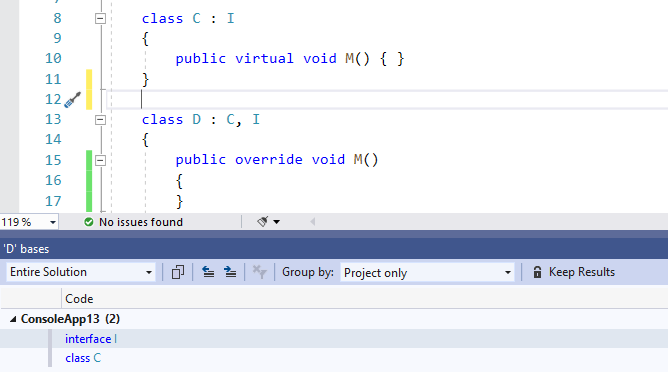

- #Visual studio 2017 windows forms glaussian blur how to#
- #Visual studio 2017 windows forms glaussian blur skin#
- #Visual studio 2017 windows forms glaussian blur software#
- #Visual studio 2017 windows forms glaussian blur windows 7#
Now you are ready to build amazing apps using OpenCV in C++. C:\opencv\build\圆4\vc15\libĪfter this is done go to Linker/Input inside the Project Properties and edit the Additional Dependencies to include the OpenCV DLL opencv_world450d.lib inside our linker.Īpply all the changes made and close the properties. The only change will be the Library Directories path for OpenCV directories i.e. Similarly for Library Directories Select Library directories and repeat the above steps.

Click on Add a new line which is a yellow colored button and enter the path for OpenCV include directories C:\opencv\build\include First Select Include Directories then Click on edit. The next step is to edit the included directories and library directories to add the OpenCV include directories and library directories. Step 4: Inside Configuration properties select VC++ Directories. Step 3: Inside the Project, tab Open the Properties. Step 2: After the Project has been created change the Debug to 圆4 platforms since we are using the 圆4 version at C:\opencv\build\圆4\vc15 Step 1: Start a new Visual Studio project, and choose the C++ Console App template. The next step is to go ahead with the Visual Studio Project Configurations. Step 4: Open Environment Variables Settings. Open a command prompt with admin privileges and write the command: setx -m OPENCV_DIR C:\opencv\build\圆4\vc15 This will add OPENCV_dir as a system variable. The next step is to add binaries to the system path. Step 3: Now that you have successfully installed OpenCV.

#Visual studio 2017 windows forms glaussian blur skin#
#Visual studio 2017 windows forms glaussian blur how to#
For instance, this article explains how to distribute Acrylic material across a form.
#Visual studio 2017 windows forms glaussian blur windows 7#
Don’t be Fooled – The Correct Implementation Mattersīefore we begin, it’s important to note that simple transparency does not equal “Fluent Design.” Fluent UI is far more complex than trivial transparency settings (said differently, it is not a simple TransparencyKey setting in Windows 7 Aero). We hope to articulate why our implementation is on solid-footing when compared to those of others and the importance of DirectX in next-gen user experiences on the WinForms platform (as you may already know, our WinForms components can use DirectX rendering instead of GDI+).

#Visual studio 2017 windows forms glaussian blur software#
The purpose of this blog post is to detail our implementation and to solicit feedback from those of you planning to incorporate this new UI metaphor in existing/upcoming WinForms software projects. Six months ago, we announced support for Fluent Design Form and Acrylic effects – new capabilities designed to replicate Microsoft’s next-gen UI metaphor.


 0 kommentar(er)
0 kommentar(er)
